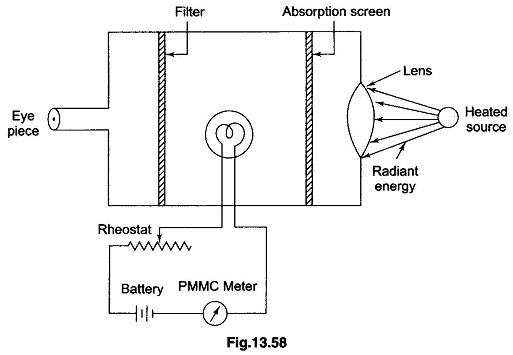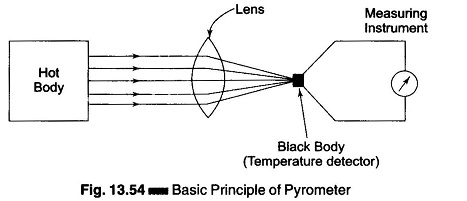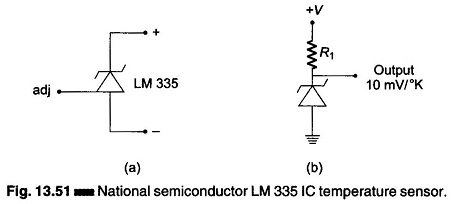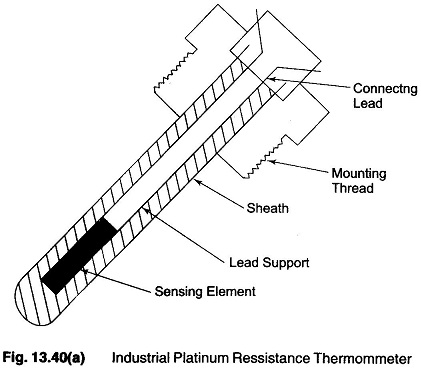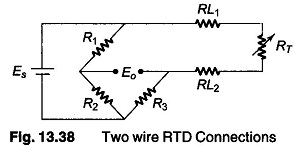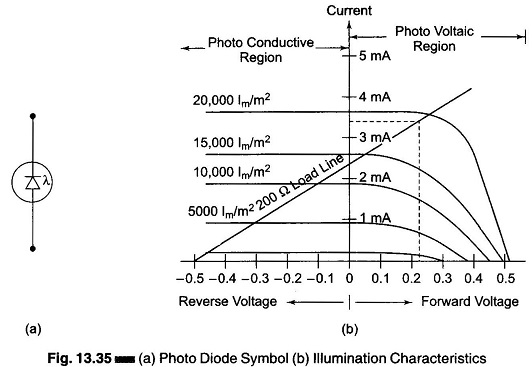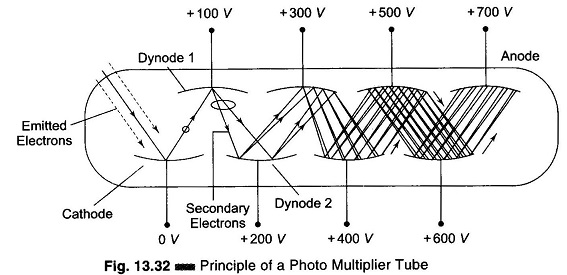Optical Pyrometer Working Principle
Optical Pyrometer Working Principle: Optical Pyrometer Working Principle - Any metallic surface when heated emits radiation of different wavelengths which are not visible at low temperature but at about 550 °C, radiations in shorter wavelength…
